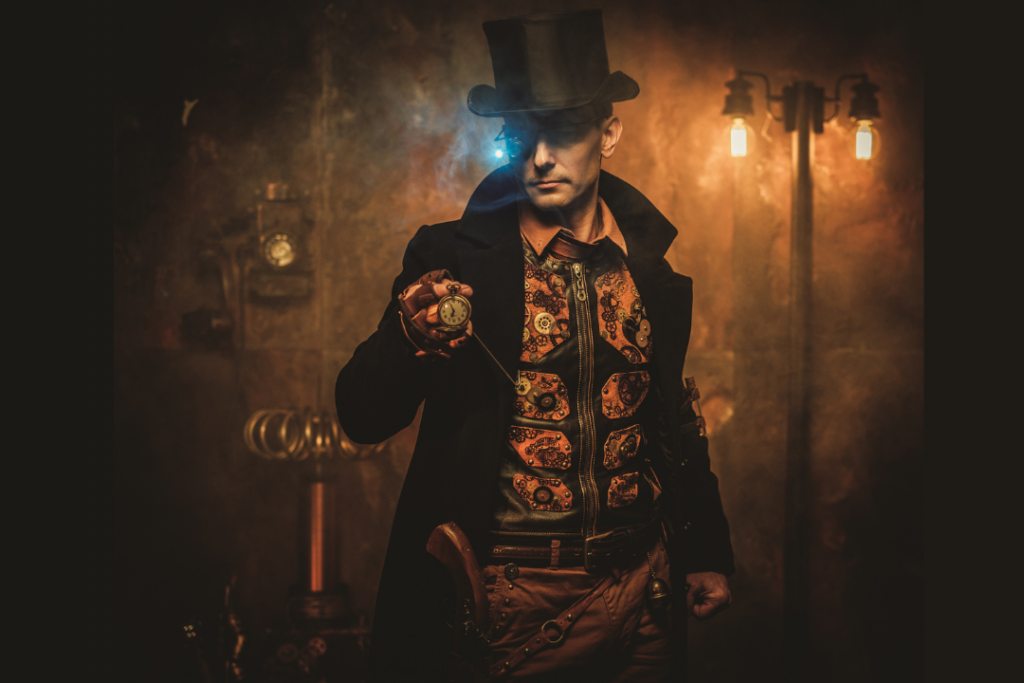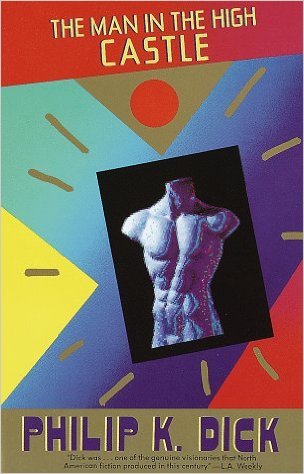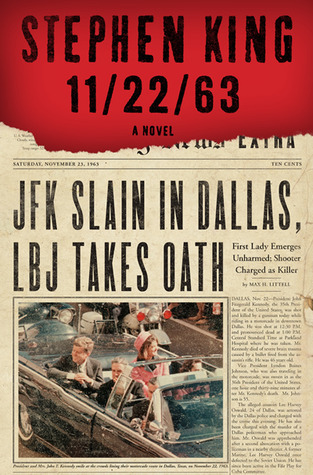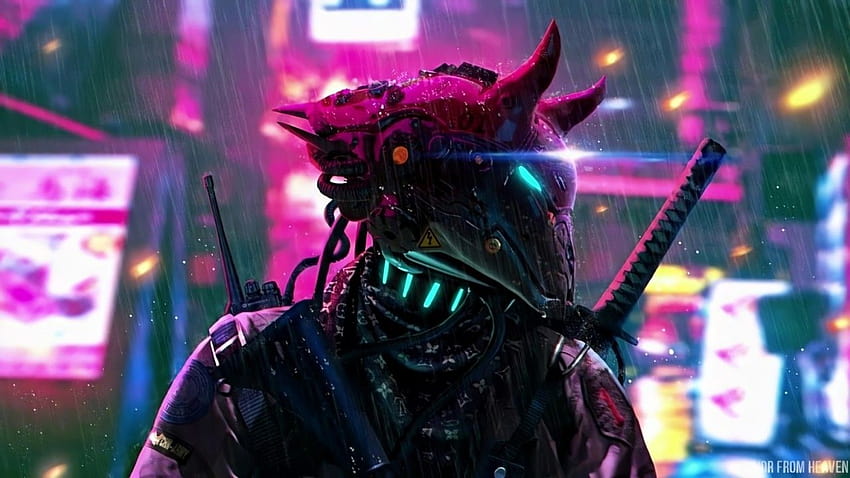Parallel Pasts:
Crafting Worlds through Alternative History in SFF
Alternative History in Science Fiction and Fantasy (SFF) is a growing sub-genre as authors weave intricate tales, they daringly reshape the course of history, introducing readers to worlds where pivotal events took unforeseen turns, magic intermingles with reality, and the boundaries between the possible and the impossible blur into an enchanting tapestry of the extraordinary. This genre seamlessly fuses the speculative with the historical to create narratives that defy expectations and invite readers to explore uncharted territories of the mind. Let’s explore some classic and contemporary works in the SFF genre that have successfully employed alternative history.
The Man in the High Castle by Philip K. Dick (1962) – the Axis powers won World War II and the US is now split between Nazi-controlled and Japanese-controlled territories. This theory is a popular one. Some movies that have used this alternative are Inglourious Basterds (2009),.
Fatherland by Robert Harris (1992) – Nazi Germany won World War II, and this dystopian version of 1964 is hiding the Holocaust as a well-kept secret.
1632 by Eric Flint (2000) – a small American town from the year 2000 is transported back in time to 1632 during the Thirty Years’ War in Europe. The clash of cultures and technologies provides a unique take on alternative history.
The allure of an Alternative History genre for a writer lies in its ability to unleash boundless creativity while retaining a sense of familiarity. By reimagining historical events or introducing magical elements into recognizable timelines, authors in this sub-genre offer readers a unique blend of the known and the unknown. This juxtaposition of historical context with speculative twists not only provides a fresh perspective on the past but also invites contemplation about the potential consequences of pivotal moments. It allows audiences to explore “what if” scenarios and witness how divergent paths could lead to entirely different worlds. What if the South won the Civil War? What if Columbus landed in South America? The popularity of this sub-genre stems from its capacity to captivate imaginations, challenge preconceptions, and transport readers to worlds where history unfolds in ways both mesmerizing and unexpected. It’s a genre that thrives on the fusion of the real and the fantastical, offering endless narratives that resonate with our collective fascination for the mysterious and the unexplored.
Additional examples:
11/22/63 by Stephen King (2011) – time travel to prevent the assassination of John F. Kennedy
The Calculating Stars by Mary Robinette Kowal (2018) – a catastrophic meteor strike accelerates space exploration, and a female mathematician pilot strives to become an astronaut in an altered 1950s America. Some popular movies about future space travel are Interstellar (2014), The Martian (2015), and Gravity (2013).
Altered Carbon by Richard K. Morgan (2002) – is a cyberpunk novel where consciousness can be transferred between bodies, altering the socio-political landscape in unexpected ways. Popular movies of the cyberpunk subgenre that use this idea are Matrix, Elysium, Blade Runner, Total Recall, Snowpiercer, and more.
Dread Nation by Justina Ireland (2018) – is set in an alternate post-Civil War America where the dead rise again and the protagonist, a young black woman, is trained to fight the undead.
In this realm of Alternative History, the endless sub-genre journey the boundaries of time and reality alters speculative worlds and histories. We, readers, find ourselves immersed in narratives that challenge our understanding of the past while kindling the fires of imagination. The popularity of this sub-genre is not merely a testament to its creative prowess but also a reflection of our innate curiosity about the roads not taken and the possibilities that lie beyond the confines of our known reality. The stories told here entertain us but also encourage us to ponder the infinite “what ifs” that shape our collective consciousness. As we close the pages of these novels, we are left with a profound sense of wonder, having traversed landscapes where history dances with fantasy, leaving an indelible mark on the imagination and inviting us to dream of worlds beyond the constraints of our own.
I want to give a quick shout-out to PLOTTR software. I’ve found it has really improved my writing game and increased my efficiency tremendously. It is my new favorite writing aid. Use any of my affiliate links below and I might get a small commission. Thanks.
Check out my YouTube channel for PLOTTR videos @jlnichauthorsff
Joseph Michael’s Learn Scrivener Fast e-course
Please read and review my serial publishing novel, Sparrow’s Legacy, on Kindle Vella. You can read the first three chapters free on Amazon by searching for “Sparrows Legacy Kindle Vella” or clicking here. I. Please subscribe to my website if you want to be notified when I’ll be publishing or to get free samples of my work.
JL Nich, Science Fiction Fantasy Author






